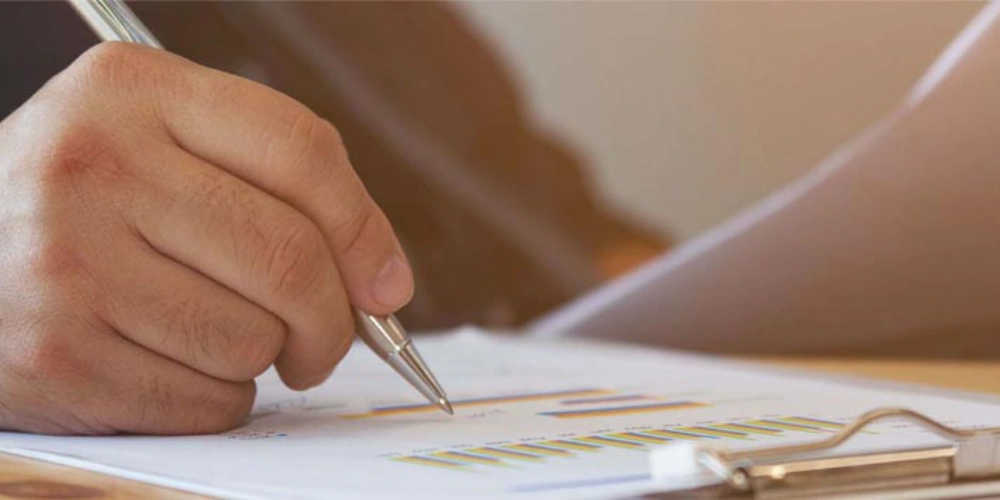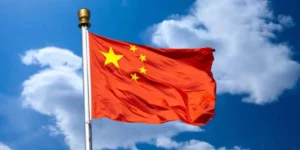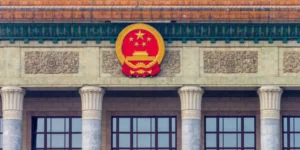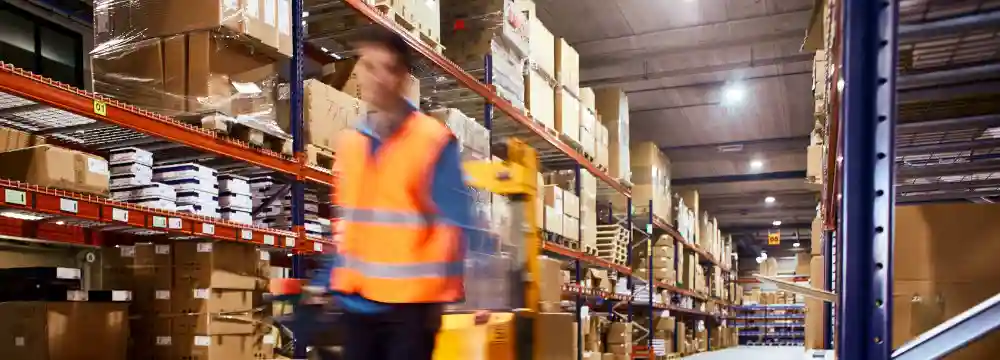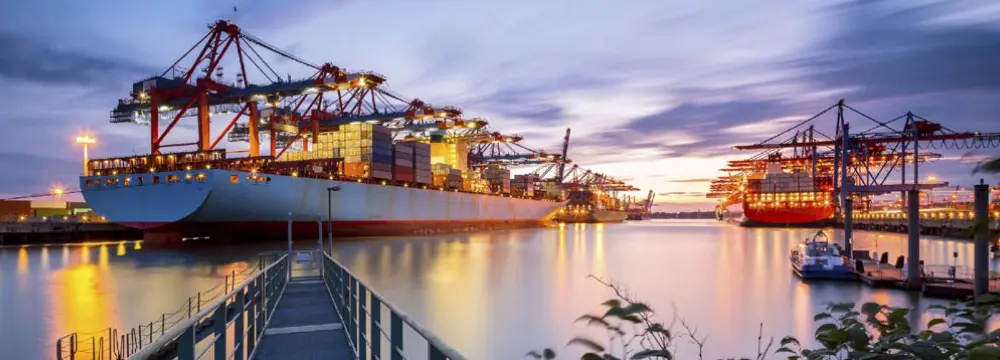After a decade of unprecedented growth driven by an economy built on exports a general slowdown has begun forcing the country to change to a consumption based economy. China’s trade policy shift is considered to be more stable for the long term and is similar to what other countries around the world–particularly Asian–experienced at one point in time.
Due to these changes in China’s trade policy, the Chinese government is actively reviewing and implementing a variety of economic policies to promote the overall transition. It’s helpful to have a current overview about the most important policies that are directly or indirectly related to trade. How these China trade policies are usually enforced practically and which are likely most relevant for you is covered in this article. There are 3 main areas that the Chinese economic policies focus on: encouraging private ownership in general by creating a more prosperous business environment, the allocation of resources (i.e. loans) and reforming state-owned enterprises (SOEs).
Before new China trade policies come into effect, they are often given a trial run initially in Chinese special economic zones. Most reforms are tested to see if they disrupt levels of employment. Therefore, reforms are tested and see the national implications.
One example is in the privatization of SOEs. The public sector holds 40% of fixed asset investments and represents roughly 67% of total exports. While this figure is slowly–and purposely–decreasing, the process of privatizing is happening at a relatively slow rate. State owned enterprises are still often the norm and still receive various benefits and subsidies.
The Chinese flag – symbolizing the strong government intervention also with respect to the economy.
Current Chinese Trade Policies
The most important general economic policy affecting all current China trade policies has been the liberalization and privatization of many sectors that had previously been under government control starting in the 70s. While the government’s involvement into the economy remains relatively high, the number of private enterprises keeps increasing.
China’s famously substantial export surplus implies a positive balance of trade, which means that the money earned in other currencies has to be spent abroad. Also more generally, however, China’s external current account surplus – the value of all of a country’s net foreign assets – basically shows that in total even more Chinese money is not spent within the country but leaves the national economy.
The savings-investment gap, a rough measure of how much of the country’s savings is not invested in the country, could be reduced during the past few years. While the current account surplus has therefore decreased from 4% in 2010 to 2% in 2014 mainly due to more foreign investment in China, the underlying problem remains.
There are still very high levels of savings and investment, shown at levels of 50% and 47% of the GDP respectively. The necessity of increasing consumption is hence underlined by both the large export surplus and the high savings/investment rate within the country. China notoriously implements Five Year Plans as an instrument to guide trade and investment policies.
This factor outlines which industries and sectors should receive various incentives or support to encourage growth. On the other hand, it also sets out which industries will be subject to restrictions and additional layers of regulation. Consequently, domestic consumption oriented industries received and are receiving more support.
The country has commonly restricted foreign companies’ investment into China in the past. This created a situation where if outside companies wanted to break into the Chinese market they would need to enter into a joint venture with a Chinese company, as seen e.g. with Volkswagen partnering with Chinese firms beginning in the 1980s.
However, the Chinese government has recently become more favourable to foreign investment, one factor for the decreasing external current account surplus mentioned previously. As a result, foreign investment is now being more welcomed in certain industries, particularly strategic ones such as high-tech and services. This is reflected in the aspects of China trade policies categorizing outside investment into one of four categories: encouraged, permitted, restricted and finally prohibited.
Fiscal Policy of China
China continues to have an active fiscal policy with a fiscal deficit reaching an estimated 1.9% in 2013. Through controlling the fiscal policy, the country mainly hopes to stabilize employment rates and improve the country’s infrastructure. The underlying motivation is that the country wants to prevent potential hazards for the political stability. As previously mentioned, as the economy shifts to a consumption basis, this fiscal policy of hiring people indirectly also allows China to encourage consumer demand for goods and services.
The central government debt is currently residing at a moderate level of 14.9% of GDP in 2012. However, when considering the total government debt, the level of 39.4% of GDP in 2012 is more worrying. This means that the scope for direct government intervention becomes smaller considering lower overall growth rates.
While the fiscal policy is achieved through adjusting tax rates and government spending, monetary policy focuses on interest rates and the supply of money. Previously the Peoples Bank of China (PBC) would set the interest rate centrally, however over recent years they have liberalized this process allowing other financial institutions to set their own rates to some extent. Again, this also encourages the change away from export reliant big companies (often SOEs) to the promotion of more consumption oriented small and medium-sized enterprises (SMEs).
China’s parliament: The People’s Congress (NPC) in Beijing.
Exchange Rate Policy of China
The exchange rate has been subject to changes by the PBC. This includes a “managed floating” rate, meaning the band range of the exchange rate has increased from 0.5% in 2011, to 2% in 2014. This leads in tendency to a support of imported goods and again, is also in the big picture of the crossover to a more consumption based economy.
China Trade Policy Summary
Over the last decade, economists globally have referenced China and the unsustainability of an export based economy and the problems that may arise with it. The economic policies and resulting China trade policies described in detail above show a strong awareness and willingness of the Chinese government to actively manage the country’s economy and tackle the problems facing the nation head on–although there is a long way to go and sudden changes are likely. Protectionist measures are–by tendency–becoming less common and less strict, also because China is under pressure to do so.

